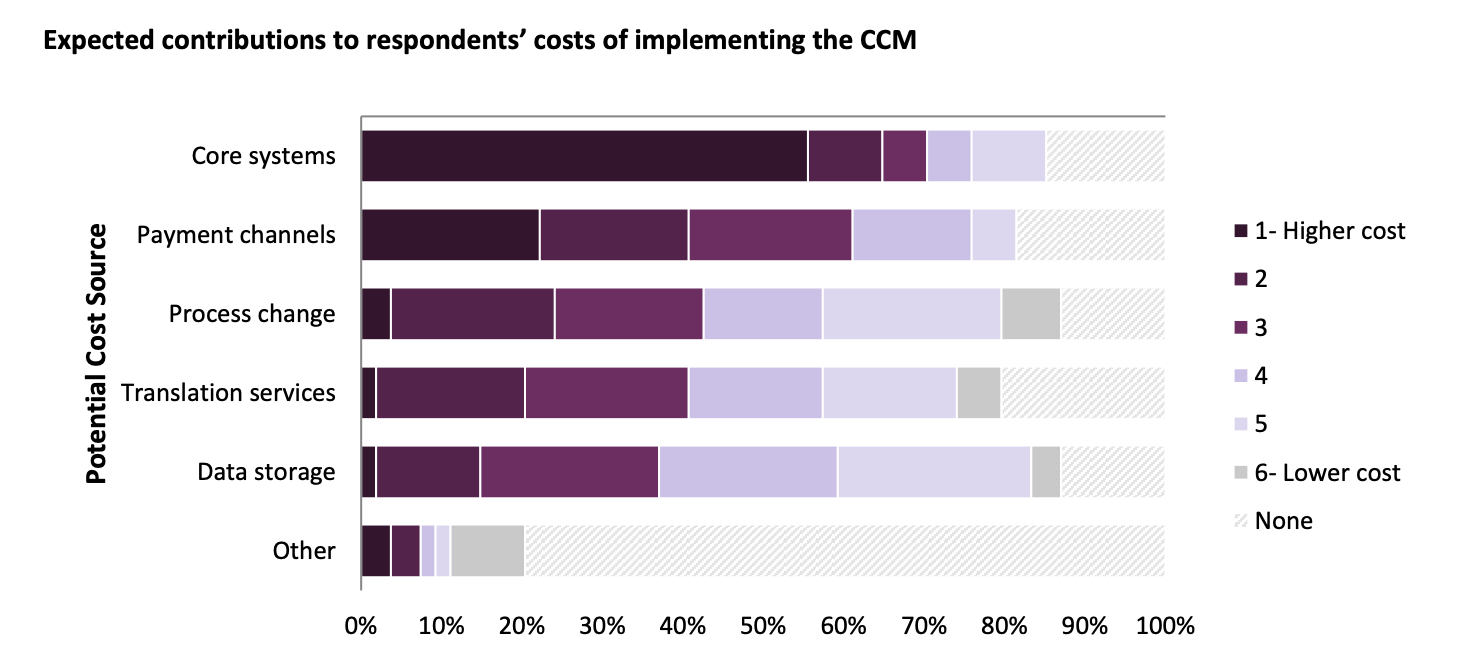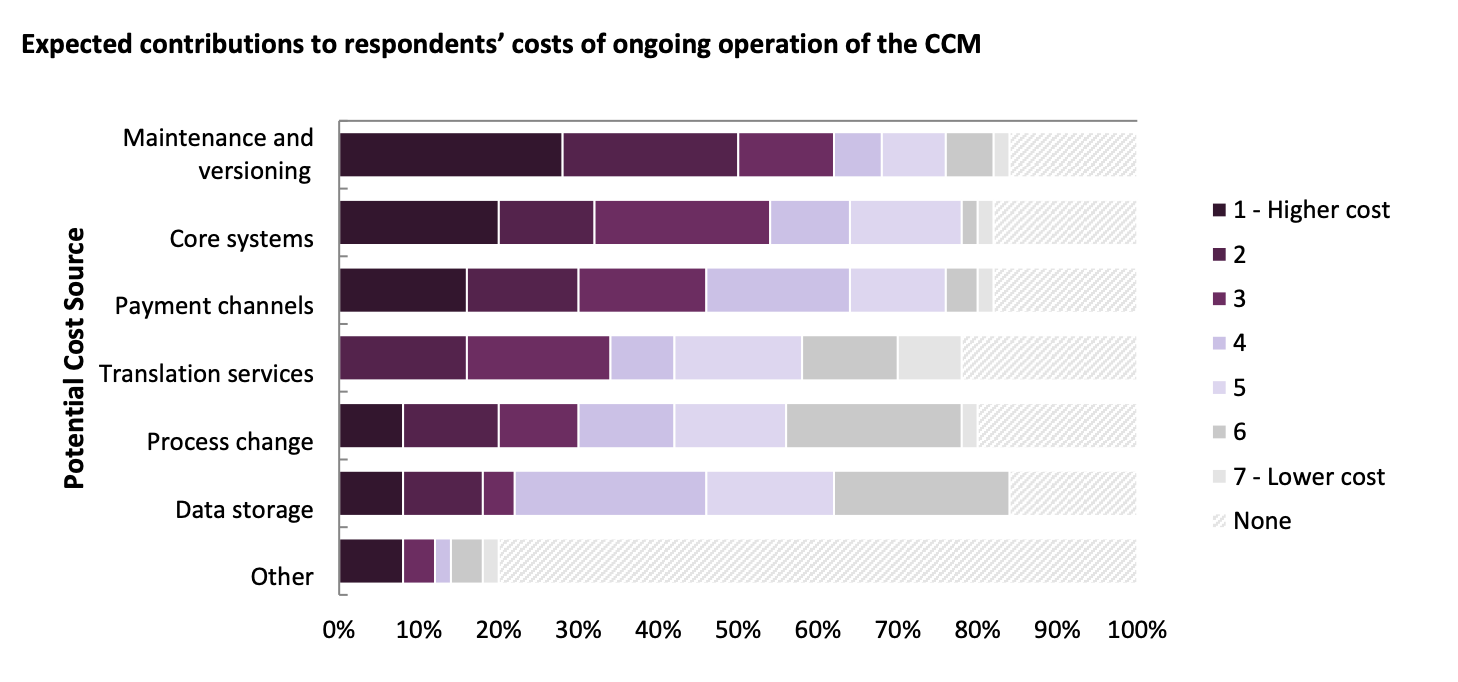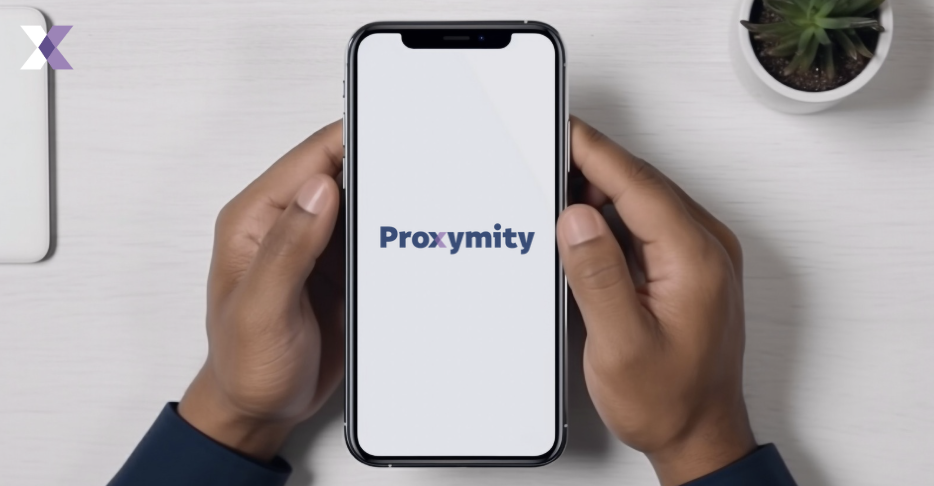Views
ISO 20022 Migration: Its Challenges, Opportunities, and Future in a Connected World

As the financial industry demands faster, more transparent communication, seamless data exchange is critical to improving efficiency and product delivery.
Though ISO 20022 was introduced by Swift in 2007, adoption remains slow. While it offers richer, more structured data than ISO 15022, early uptake was hindered by post-2008 regulatory burdens and unclear ROI without widespread usage.
Recent reports highlighted that nearly 50% of central banks are yet to adopt ISO 20022 messaging for their payments and transactions.
Now, with the November 2025 deadline approaching for payment messaging, it is evident that the pressure is growing on intermediaries to adopt standardised communication.
This article explores both messaging standards, key migration challenges, and how financial institutions would gain greater value from integrating with fintech solutions like Proxymity than overhauling systems to ensure standardisation.
Understanding ISO 20022 and its global impact

ISO 20022 is not merely a messaging update; it represents a significant improvement in financial communication. The standard enhances transaction processing by providing structured, data-rich messages that improve reconciliation, automation and a move away from free format fields. It enables interoperability across borders, paving the way for seamless cross-border payments and financial services innovation.
Swift first introduced ISO 20022 in 2007, but adoption outside cash processing remained limited until the European Central Bank mandated its use for Target2 Securities (T2S) in 2015.
Even then, most financial intermediaries hesitated to transition from ISO 15022 due to the substantial investment required and major disruptions to existing operations. Today intermediaries are increasingly thinking about the shift towards ISO 20022, pushing financial institutions to make strategic decisions about their messaging frameworks.
Why is migration to ISO 20022 a big challenge?
Despite its advantages, migrating to ISO 20022 presents several operational and technical challenges.
Legacy systems and compatibility – shifting to new norms
One of the biggest barriers to ISO 20022 adoption is the financial industry’s continued reliance on legacy systems built around ISO 15022.
As major custodians and CSDs shift exclusively to ISO 20022, downstream providers, like sub-custodians, global custodians, and brokers, face pressure to upgrade systems they’ve heavily invested in. The cost and complexity of supporting both standards or replacing infrastructure entirely are significant.
Some opt for manual workarounds, such as banking portals, but these are only feasible for low-volume operations and not scalable for institutions with larger demands or sophisticated clients.
Data quality and harmonisation – different languages can mean new ways of working
ISO 20022 requires structured and enriched data, which is a departure from the free-format text fields of ISO 15022. Ensuring data consistency across multiple platforms is critical to preventing errors and processing inefficiencies.
Institutions must invest in data harmonisation and digital transformation initiatives to either align internal systems with the new standard or go for a complete overhaul.
Again, the co-existence of both messaging formats would be necessary due to the lack of harmonisation across the market when it comes to ISO adoption.
Regulatory compliance and market variability – more than just operations to consider

The banking industry has now set November 2025 as the deadline to make the update for just payments related cross border messaging.
However, as we’ve talked about earlier, adoption is inconsistent across the market.
This combined with varying compliance requirements, annual or bi-annual updates to the ISO messaging and other changes in the market to consider puts greater pressure on intermediaries and other organisations.
Operational risks and testing – not just a simple switch
Financial institutions must conduct rigorous testing to ensure a smooth transition. The interconnected nature of the securities custody chain means any misalignment between market participants could lead to processing errors and operational disruptions.
The multiple messaging formats involved in proxy voting and shareholder communications is an example of this challenge, signifying that it is not a simple switch to make.
Comprehensive testing and phased implementation are crucial to mitigating risks.
Cost and resource allocation – It all boils down to the budget
Migrating to ISO 20022 comes with a significant financial and operational burden. Institutions must invest in system upgrades, training, and dual-standard maintenance, often diverting resources from core services.
According to 2023 research by Celent, European banks have spent approximately $100 billion preparing for the new ISO 20022 messaging standard.
As adoption grows, the long-term cost of maintaining both ISO 15022 and ISO 20022 may rise, making strategic planning essential.


Source: Bank of England
5 Essential tips for a successful ISO 20022 migration
Despite these challenges, financial institutions can take proactive steps to streamline their migration efforts:
1. Strategic planning and project management
A structured migration roadmap is essential for a smooth transition. Institutions should allocate dedicated resources to oversee implementation, coordinate with market participants, and address potential bottlenecks early.
2. Investing in data quality initiatives
Ensuring high data quality is paramount. Institutions should focus on data harmonisation, standardisation, and validation processes to minimise errors and improve efficiency.
3. Phased implementation and rigorous testing
A phased approach to implementation, coupled with extensive testing, helps mitigate risks. Institutions should conduct pilot programs before full-scale deployment to identify and resolve potential issues early.
4. Enhancing collaboration across the custody chain
Given the interconnected nature of securities processing, collaboration between custodians, sub-custodians, CSDs, and market participants is vital. Institutions should engage in industry discussions and align migration strategies with counterparties to ensure a cohesive transition.
From our perspective, the easiest and most effective solutions is to adopt a centralised solution that ensure standardised messaging without the complications involved in Swift updates. Proactive discussions around adoption of solutions like Proxymity can keep you ahead of evolving changes, not just in term of messaging formats but regulatory compliance as well.
5. Leveraging managed services (like Proxymity) as an alternative

As ISO 20022 adoption continues to evolve, fully upgrading internal systems may be premature for many institutions. A managed service like Proxymity for proxy voting and shareholder disclosure offers a practical alternative, bridging the gap between ISO 15022 and ISO 20022 without expensive overhauls.
Proxymity enables seamless interoperability between messaging formats for proxy voting and shareholder disclosures, automatically transforming data to meet current requirements. Backed by 8 of the top 10 global custodians, the platform future-proofs operations while reducing complexity.
This “buy now, build later” approach allows firms to remain compliant and efficient today, with the flexibility to revisit internal builds once the market reaches greater standardisation.
Conclusion – the future of ISO 20022 adoption
The ISO 20022 migration marks a significant step forward in standardising financial messaging; but also highlights a clear gap in how communications are handled across the ecosystem, particularly for financial intermediaries.
As adoption continues to accelerate globally, institutions that overlook or delay strategic decisions risk exposing themselves to operational inefficiencies and compliance pressures.
In today’s evolving environment, a “buy” approach, i.e leveraging proven managed services like Proxymity, offers the best pathway to compliance and standardisation while preserving operational efficiency and budgets.
Once the market matures and the regulatory landscape stabilises, firms can then reassess whether a tailored “build” approach meets their long-term goals.
Embracing ISO 20022 now is critical not just for compliance, but for unlocking the full benefits of enhanced data transparency, automation, and global interoperability.
To explore how our solutions can support your ISO 20022 strategy, connect with our experts today.
